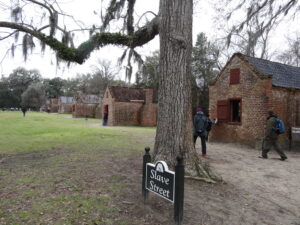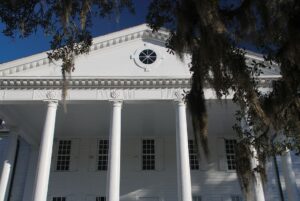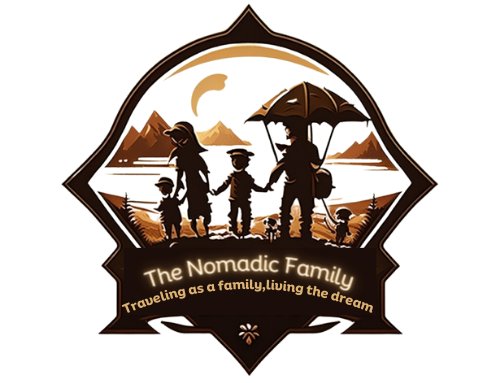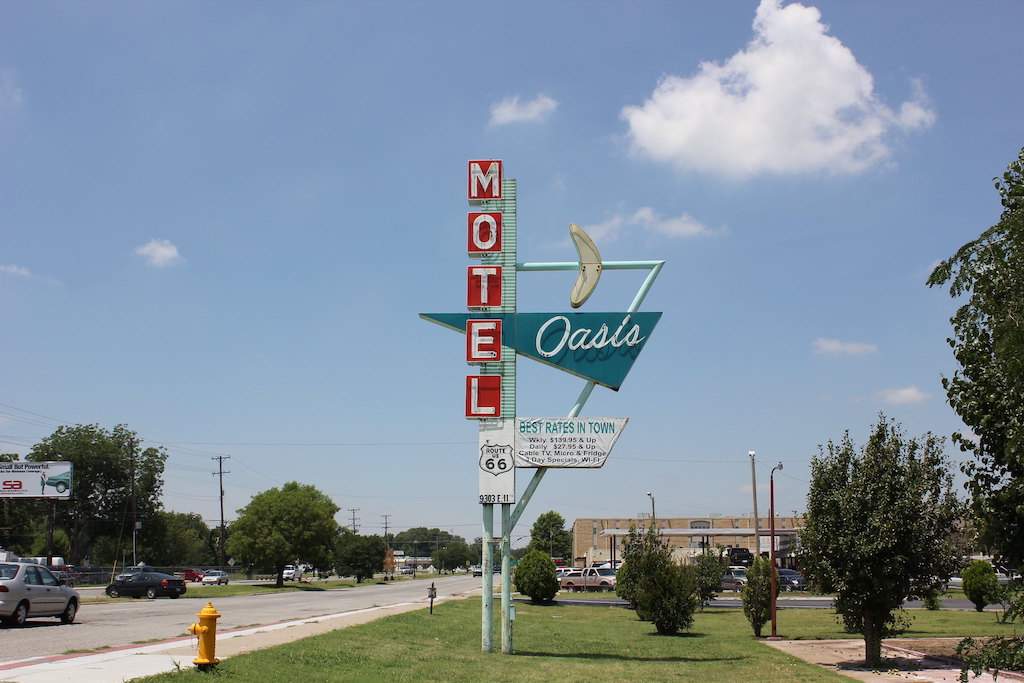Charleston, South Carolina, is a city steeped in history and charm, known for its cobblestone streets, historic homes, and stunning coastal views. Among its many attractions, the plantations in and around Charleston stand out as windows into the past, offering a glimpse into the region’s complex history, natural beauty, and cultural legacy. This article will take you on a journey through ten must-visit plantations in Charleston, each with its unique story and allure.
Section 1: Magnolia Plantation and Gardens
Historical Background
Magnolia Plantation and Gardens, founded in 1676 by the Drayton family, is one of the oldest plantations in the South. This plantation has witnessed centuries of history, from the colonial era through the Civil War and into modern times. The Drayton family’s legacy is interwoven with the land, shaping its development over generations.
Notable Gardens and Landscapes
Magnolia Plantation is renowned for its breathtaking gardens, which are considered some of the most beautiful in America. The gardens were initially designed in the 1680s and have been continuously expanded and refined. Key highlights include:
Azalea and Camellia Collections: These vibrant blooms draw visitors from around the world, particularly in spring.
The Audubon Swamp Garden: A unique wetland area that offers a glimpse of the native wildlife, including alligators, turtles, and a variety of bird species.
The Biblical Garden: Featuring plants mentioned in the Bible, this area adds a spiritual dimension to the botanical experience.
Visitor Tips and Tour Options
Visitors can explore the plantation through a variety of tours, including:
House Tours: Learn about the Drayton family’s history and the plantation’s role in American history.
Garden Tours: Discover the horticultural beauty and significance of the gardens.
Nature Train and Boat Tours: Enjoy a guided tour of the plantation’s diverse ecosystems.
To enhance your visit, consider visiting in the spring when the gardens are in full bloom.
Section 2: Boone Hall Plantation

Historical Significance
Boone Hall Plantation, established in 1681, is one of America’s oldest working plantations. Its history is marked by its role in agriculture and the cultural tapestry of the Lowcountry. Boone Hall has produced crops for over 320 years, including cotton, pecans, and, more recently, strawberries and blueberries.
Key Features and Attractions
Avenue of Oaks: This iconic entrance, lined with towering live oaks draped in Spanish moss, is one of the most photographed spots in Charleston.
Slave Cabins: These original cabins provide a sobering glimpse into the lives of enslaved Africans who lived and worked on the plantation.
The Plantation House: Built in 1936, this Colonial Revival-style house is a focal point for visitors.
Visitor Information and Special Events
Boone Hall offers a range of activities and events, including:
Educational Tours: Learn about the plantation’s history, the lives of the enslaved, and the evolution of agricultural practices.
Special Events: Boone Hall hosts various events throughout the year, such as the annual Scottish Games and the Boone Hall Fright Nights during Halloween.
Section 3: Middleton Place
Historical Overview
Middleton Place is a National Historic Landmark and home to America’s oldest landscaped gardens. Established in 1741, the plantation was owned by the Middleton family, notable figures in American history, including a signer of the Declaration of Independence.
Gardens and Landscape Design
Middleton Place’s gardens are a testament to classical landscape design, featuring:
Terraced Lawns: Descending terraces lead to the Ashley River, offering stunning views.
Camellia Collection: Some of the first camellias planted in America can be found here.
The Butterfly Lakes: These unique, butterfly-shaped ponds add a whimsical touch to the garden’s design.
Visitor Experience and Tour Options
Visitors can immerse themselves in the history and beauty of Middleton Place through:
House Museum Tours: Explore the Middleton family home and its collection of original furnishings and artifacts.
Stableyards: Experience 18th-century plantation life with demonstrations of blacksmithing, pottery, and weaving.
Garden Tours: Discover the history and horticulture of America’s oldest landscaped gardens.
Section 4: Drayton Hall
Historical Significance
Drayton Hall, built in 1738, is one of the oldest preserved plantation houses in America that remains in near-original condition. Unlike many historic homes, it has not been modernized, offering an authentic glimpse into the past.
Architectural Features
Drayton Hall is an architectural masterpiece, showcasing Georgian-Palladian design. Key features include:
The Great Hall: A grand space with intricate woodwork and plaster ceilings.
Original Flooring and Paneling: Preserved elements that offer insight into 18th-century craftsmanship.
The Grounds: Expansive views of the Ashley River and surrounding landscape.
Visitor Information and Preservation Efforts
Drayton Hall is committed to preservation and education. Visitors can learn about ongoing preservation efforts and the importance of maintaining historical integrity through:
Guided House Tours: Focused on the architecture, history, and conservation efforts.
Archaeological Exhibits: Featuring artifacts uncovered on the site.
Educational Programs: Offering insights into colonial life and preservation techniques.
Section 5: McLeod Plantation Historic Site
Historical Background
McLeod Plantation, established in 1851, played a significant role during the Civil War and Reconstruction era. It provides a poignant narrative of the African American experience in the South.
Key Features and Visitor Highlights
The Main House: Reflecting antebellum architecture and the lifestyle of the planter class.
The Praise House: A small structure where enslaved people held religious services.
Slave Cabins: Preserved cabins that tell the stories of those who lived and worked on the plantation.
Visitor Information and Educational Tours
McLeod Plantation offers a comprehensive educational experience with:
Guided Tours: Highlighting the plantation’s history, the lives of the enslaved, and the post-Civil War era.
Interactive Exhibits: Providing context and personal stories of those connected to the plantation.
Special Programs: Focusing on themes like Gullah culture and African American history.
Section 6: Hampton Plantation State Historic Site

Historical Significance
Hampton Plantation, dating back to the 1730s, is known for its Georgian-style mansion and picturesque setting. It was once a thriving rice plantation and home to several prominent South Carolinians.
Key Features and Natural Surroundings
The Mansion: A well-preserved example of Georgian architecture with period furnishings.
The Grounds: Featuring centuries-old live oaks, including one famously saved by President George Washington.
Nature Trails: Offering scenic walks through the plantation’s diverse ecosystems.
Visitor Information and Guided Tours
Visitors to Hampton Plantation can enjoy:
House Tours: Exploring the architectural details and history of the mansion.
Nature Walks: Self-guided trails through the plantation’s beautiful surroundings.
Special Events: Including historical reenactments and educational programs.
Section 7: Charleston Tea Garden
Historical Overview
The Charleston Tea Garden, located on Wadmalaw Island, is the only tea plantation in North America. Established in 1987, it continues the legacy of tea growing in the Lowcountry.
Tea Production and Visitor Experience
Tea Fields: Sprawling acres of tea plants that visitors can tour.
Factory Tours: Learn about the tea production process from leaf to cup.
The Propagation Greenhouse: See how new tea plants are cultivated.
Tour Options and Visitor Information
Visitors to the Charleston Tea Garden can enjoy:
Trolley Tours: A guided tour through the tea fields.
Factory Tour and Tasting Room: Discover the tea-making process and sample various teas.
Gift Shop: Offering a variety of teas and related products.
Section 8: Hopsewee Plantation
Historical Significance
Hopsewee Plantation, built in the early 1740s, is a pristine example of a Colonial rice plantation. It was the birthplace of Thomas Lynch Jr., a signer of the Declaration of Independence.
Key Features and Visitor Highlights
The Main House: Preserved with original furnishings and decor.
The Riverside Grounds: Offering beautiful views and picnic spots.
The Tea Room: Serving traditional Southern tea and refreshments.
Visitor Information and Tour Details
Hopsewee offers a variety of tours and experiences, including:
Guided House Tours: Exploring the history and architecture of the plantation home.
Gullah Tours: Focusing on the history and culture of the Gullah people.
Special Events: Hosting events like the annual Harvest Tea.
Section 9: The Charleston Museum’s Historic Houses
Historical Background
The Charleston Museum manages several historic houses, each offering a unique glimpse into Charleston’s past. These include the Heyward-Washington House, the Joseph Manigault House, and the Aiken-Rhett House.
Key Features of the Historic Houses
Heyward-Washington House: Known as George Washington’s temporary residence in Charleston.
Joseph Manigault House: A stunning example of Federal architecture.
Aiken-Rhett House: Preserved to show the contrast between the opulent main house and the workspaces of the enslaved.
Visitor Information and Special Exhibitions
Visitors can enhance their understanding of Charleston’s history by exploring these historic houses, which offer:
Guided Tours: Learn about the architecture, history, and the lives of those who lived and worked in these homes.
Special Exhibitions: Rotating exhibits that delve into various aspects of Charleston’s past, including art, furniture, and personal artifacts.
Educational Programs: Workshops and lectures that provide deeper insights into specific historical periods or themes.
Section 10: Old Slave Mart Museum
Historical Context
The Old Slave Mart Museum, located in the heart of downtown Charleston, is housed in one of the few remaining structures used as an auction gallery for enslaved people. This museum plays a crucial role in educating the public about the grim realities of the slave trade.
Key Exhibits and Visitor Experience
Exhibition on the Slave Trade: Detailed displays that cover the history and impact of the transatlantic slave trade, with a focus on Charleston’s role.
Personal Stories: Narratives and artifacts that provide personal insights into the lives of those who were enslaved.
Educational Displays: Information on the broader historical context, including the economic and social systems that perpetuated slavery.
Educational Tours and Visitor Information
The Old Slave Mart Museum offers a sobering yet essential educational experience with:
Self-Guided Tours: Allowing visitors to explore the museum at their own pace.
Educational Programs: Workshops, lectures, and guided tours that provide deeper understanding and foster meaningful discussions about the legacy of slavery.
Visitor Resources: Additional reading materials and resources for those interested in learning more about this dark chapter in American history.
Conclusion
Charleston’s plantations offer a unique blend of natural beauty, architectural splendor, and profound historical significance. Visiting these sites provides an opportunity to reflect on the complex history of the South, appreciate the resilience and contributions of those who lived and worked on these lands, and enjoy the serene landscapes that have been carefully preserved.





